5 Ways Technology Can Change The Way We Shop
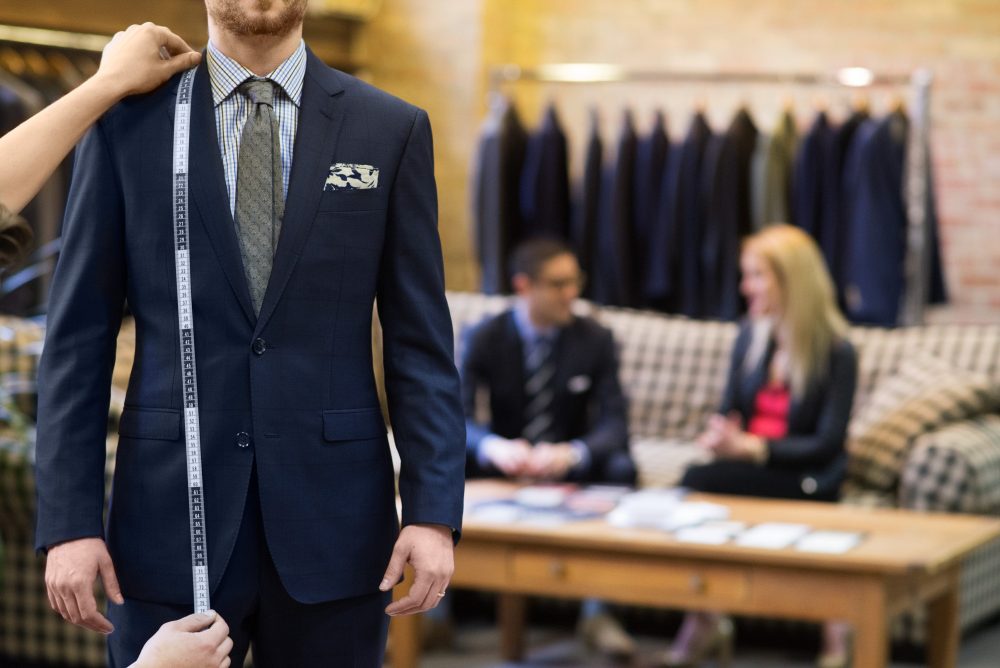
Guilty pleasure shopping sprees have turned into couch surfing with the increasing popularity of e-commerce websites. Some latest surveys show that the by 2020 sales in shopping centers and on the high street will have shrunk by 27%.
However, these real life retailers are prepared to fight back with the very same technology that threatened it in the first place. Retailers have only just started to explore the potential uses new technology could have. By mimicking and adapting how technology has been used in online retail, real-life retailers could combine all the advantages of online shopping with the benefits of shopping in-store.
Here are 5 ways real-world retail is using new technology to adapt to changing consumer habits.
1. Virtual Reality
With virtual reality being the next big thing in technology ecosystem, it is no doubt that it will be one of integral part of the new-age shopping. However, we have to wait till virtual reality breaks through the developer mode and comes to commercial market to explore full potential of the technology. Leading fashion brand Burberry has virtual reality mirrors in its flagship store on London’s Regent Street. The mirrors read chips hidden in each item and change instantly into a screen displaying information about the product. In a world where an item’s provenance is becoming increasingly important to the modern consumer, Burberry is providing the backstory of their products in store.
2. Google Glass
Google Glass, Google’s biggest bet on wearable technology, opens up a huge number of possibilities for retailers and a guaranteed improved customer experience. In stores, Google Glass and iBeacon technology could be used to recognise frequent customers and transmit the information to employees. Virgin Atlantic, Tesco and Waitrose in USA have already begun experimenting with the technology.
3. Personalised purchases
Instead of having set prices, a number of stores are experimenting with personalised ones. US supermarket Safeway’s Just For U scheme alters prices based on the customer’s purchasing habits. Offers are loaded onto a customer’s club card that can then be used in store.
4. iBeacons
iBeacons are Apple’s low-power transmitters that are already being installed in shops. iBeacons can recognise iOS devices in their vicinity and send them specific notifications. For example, customers could enter a shop and receive messages about new products and even localised offers on their Apple devices.
5. Visual Light Communication
Emart, a South Korean megastore, has introduced a new technology to their stores that enables customers to find their way to specific offers. Called VLC (Visual Light Communication) technology was installed into the store’s lighting fixtures, which gives real-time location information to customers with the correct app on their phone. Users just have to put their smartphone in a special holder on their trolley and follow directions to the nearest deals. When they get close enough to an offer item a discount coupon appears on their phone.
















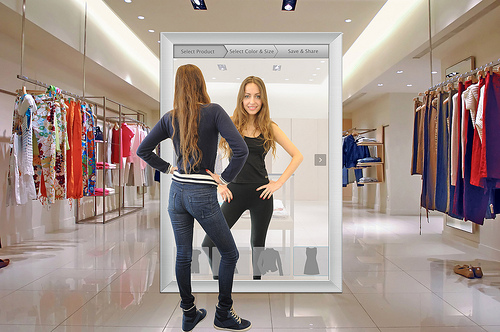
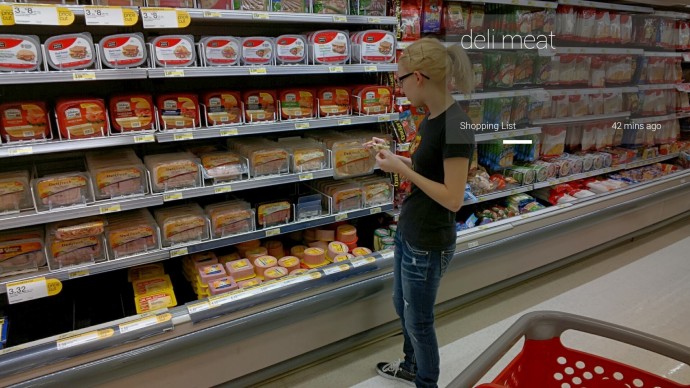
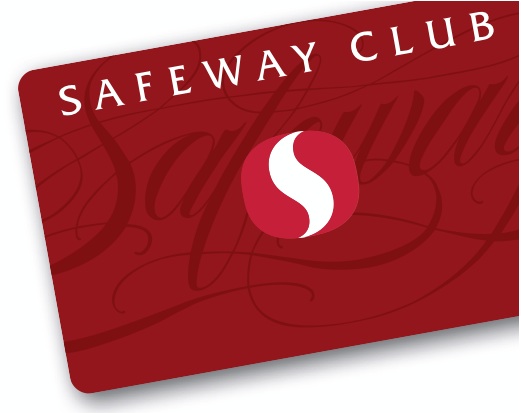
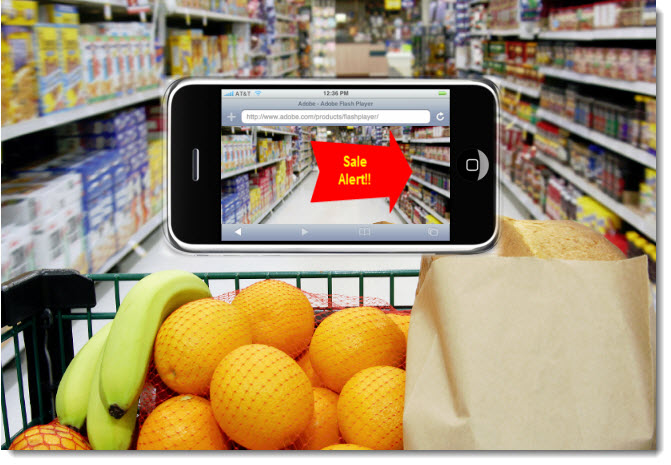

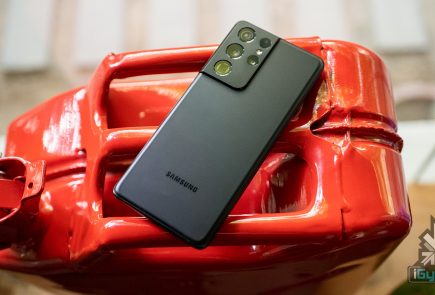
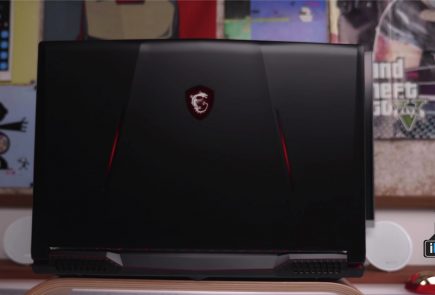
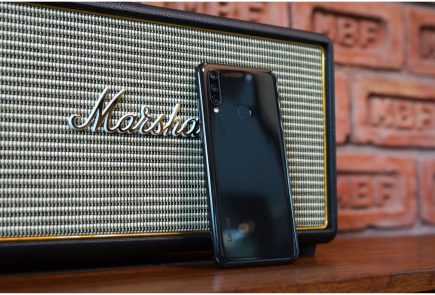

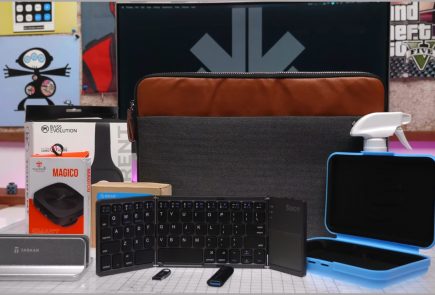


 ! For i
! For i

